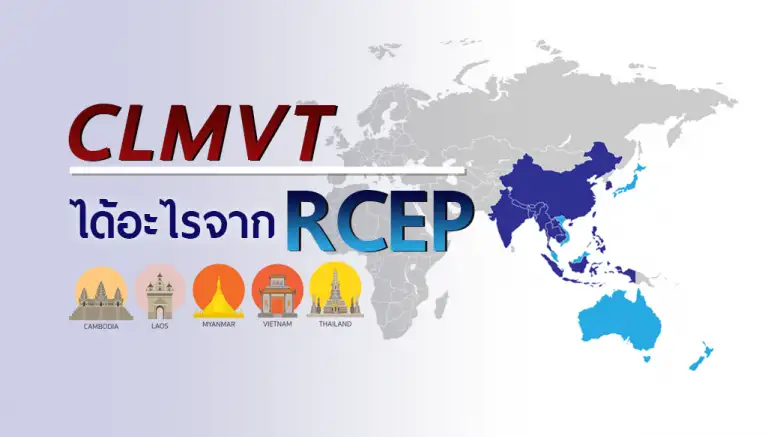RCEP Signed: 15 Member Countries Form the World's Largest Trade Bloc
April, 26 2021

The Regional Comprehensive Economic Partnership (RCEP) was officially signed by 15 Asia-Pacific nations, including the 10 ASEAN countries, along with Australia, China, Japan, New Zealand, and South Korea, in November 2020. After 8 years of negotiations, this agreement was finalized. The RCEP economy accounts for 30% of global GDP, with Singapore being the first country to ratify the agreement on April 9, 2021.
How Is RCEP Different from Traditional FTAs?
RCEP is a more comprehensive, modern, and deeper trade agreement that harmonizes bilateral FTAs under a single framework, offering greater trade liberalization. Key features include:
- 65% of traded goods will have zero tariffs immediately
- An additional 20% of goods will gradually have zero tariffs within 10 years
- Cambodia, Laos, and Myanmar will initially cut only 30% of tariffs, with 80% of goods reaching zero tariffs within 15 years
Benefits for Thailand and CLMV Countries (Cambodia, Laos, Myanmar, Vietnam)
Although China, Japan, South Korea, Australia, and New Zealand benefit the most from RCEP, Thailand and CLMV countries still gain significant advantages:
-
Elimination of Non-Tariff Barriers (NTBs)
- Unlike previous FTAs, RCEP removes many non-tariff trade barriers, simplifying trade procedures and import regulations.
-
More Flexible Rules of Origin
- Previous FTAs had country-specific origin rules, but RCEP applies a unified origin rule across all member nations, facilitating regional supply chain integration.
- Cambodia, Laos, and Myanmar will benefit from lower tariffs and low-cost labor, attracting more investment from RCEP countries.
-
Expanded Export Opportunities for Thailand
- Over 90% of Thai products will receive zero-tariff treatment in key markets like China, South Korea, and Japan.
- Agricultural, food, and industrial products, as well as SMEs, will benefit from lower raw material costs and improved export access.
-
Lower Production Costs & Increased Investment Opportunities
- Thai businesses can source raw materials freely within RCEP and export under the same tariff benefits, enhancing supply chain efficiency.
- Simplified trade administration reduces compliance costs for exporters.
- Thailand can attract more investment from both RCEP and non-RCEP countries.
-
Thailand’s Future Strategy: Moving Up the Value Chain
- Thailand may relocate low-skilled manufacturing to neighboring CLMV countries, while shifting towards high-value, technology-driven production domestically.
Conclusion
The implementation of RCEP will drive trade growth in Thailand and ASEAN, offering greater market access, reduced costs, and enhanced competitiveness. This agreement strengthens Thailand’s global economic position and promotes supply chain integration across the region.